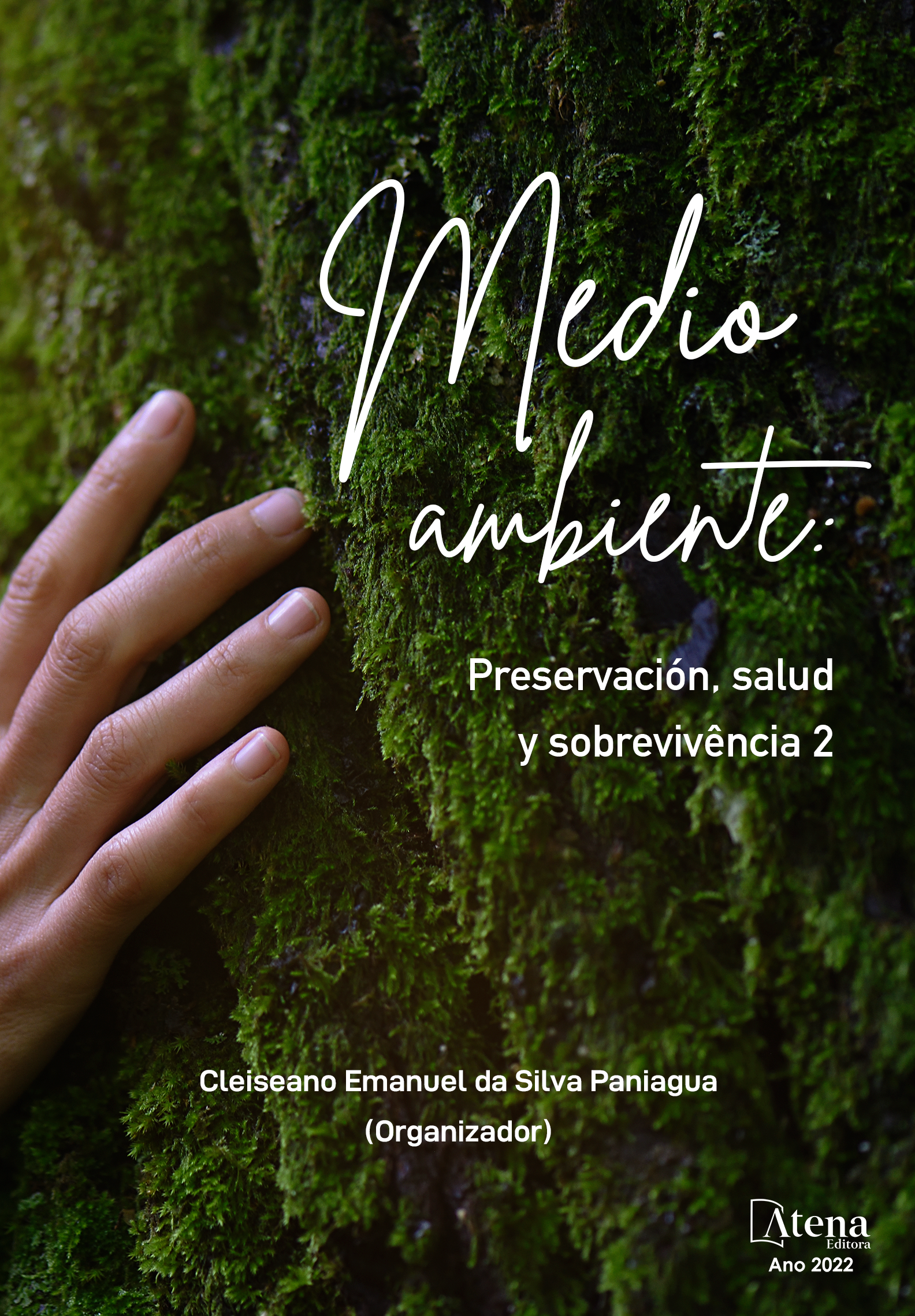
MAGNETIC NANOPARTICLES ASSOCIATED WITH ORGANIC AND INORGANIC COAGULANTS IN THE TREATMENT OF GALVANIC EFFLUENT
Visando a minimização do impacto ambiental causado pelo excesso de efluente advindo da lavagem de peças da indústria de galvanoplastia o presente trabalho tem como objetivo comparar a eficiência dos coagulantes orgânicos Tanino e Moringa oleifera e dos inorgânicos Sulfato de Alumínio, Bufloc 5122 e o Bufloc 5158 (auxiliar ao 5122) quando associados ou não a nanoparticulas magnéticas. Utilizou-se a simulação dos processos de coagulação, floculação, sedimentação e filtração e ao final dos ensaios observou-se que tanto os tratamentos que utilizaram nanoparticulas quanto os que não utilizaram apresentaram pouca variação de resultado para a condutividade elétrica e pH, no entanto mostraram um resultado variável e positivo para remoção do parâmetro turbidez, onde o tratamento com o uso do coagulante extraído da semente de Moringa oleifera apresentou o melhor resultado, tendo uma taxa de remoção após a filtração igual a 99,85%. Ressalta-se que a utilização das nanoparticulas mostrou-se eficiente para tempos menores de sedimentação, no entanto não se demonstrou um artifício significativo no desempenho pós filtração para este efluente em questão.
MAGNETIC NANOPARTICLES ASSOCIATED WITH ORGANIC AND INORGANIC COAGULANTS IN THE TREATMENT OF GALVANIC EFFLUENT
-
DOI: 10.22533/at.ed.7052222074
-
Palavras-chave: magnetita, coagulante, galvanoplastia
-
Keywords: magnetit, coagulant, electroplating
-
Abstract:
With the aim at minimizing the environmental impact coming from the washing of parts in the electroplating industry, the present work has the objective to compare the efficiency of the organic coagulants Moringa oleifera and Tanino and the inorganic Aluminum Sulfate, Bufloc 5122 and Bufloc 5158 (as an aid to 5122) once associate or not with magnetic nanoparticles. Thus, it was used simulation processes of coagulation, flocculation, sedimentation and, filtration and at the end of the tests it was observed that both the treatments that used or not nanoparticles did not show little variation in the result of electrical conductivity and pH, however, they showed a variable and positive results for the turbidity removal parameter, where the treatment with coagulant extracted from the seed of Moringa oleifera showed the best result, having a removal rate after filtration equal to 99.85%. Notably, the use of magnetic nanoparticles proved to be efficient for shorter sedimentation times however it was not demonstrated a significant artifact in the post-filtration performance for this effluent in question.
-
Número de páginas: 8
- Mariana Fernandes Alves
- Higor Aparecido Nunes de Oliveira
- Dandley Vizibelli
- Julio Cesar Angelo Borges
- Marcelo Hidemassa Anami
- Edilaine Regina Pereira


